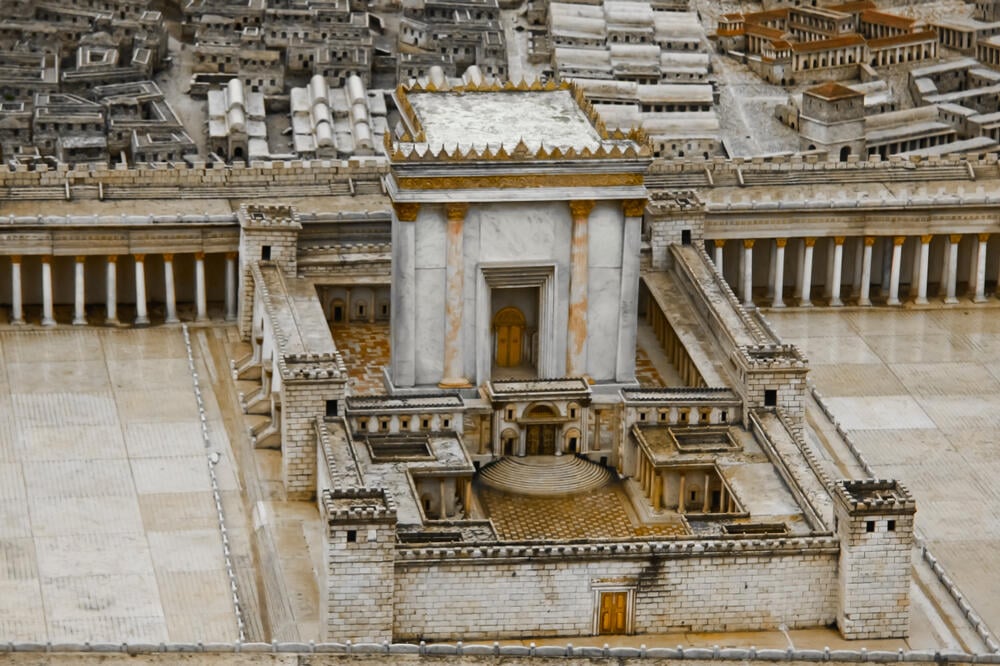In an age when the air buzzes with the din of reconstruction, some tongues wagging about the building of temples with ancient rituals involving red heifers, it seems timely to bring a Chestertonian perspective to the matter. The real crux of the issue for Christians is not about bricks and mortar, nor about the color of cattle, but rather about the deeper theological implications these symbols carry.
Firstly, the rebuilding of the physical temple in Jerusalem carries with it considerable significance in Jewish eschatological traditions, tied to prophecies and the coming of the Messiah. However, for Christians, the Messiah has already come in the person of Jesus Christ. He declared His body to be the temple that would be destroyed and raised again in three days (John 2:19-21). This proclamation shifts the locus of the sacred from a physical edifice to the spiritual—the body of Christ Himself, and by extension, His Church.
Saint Paul furthers this theology in his epistles, most notably in 1 Corinthians 3:16, where he says, “Do you not know that you are God’s temple and that God’s Spirit dwells in you?” For Christians, then, the temple is no longer a building to be visited but a reality to be lived. The faithful are the bricks of this temple, built upon the foundation of Christ, cemented by faith, and inhabited by the Spirit of God.
Regarding the sacrifices, particularly those involving the red heifer as described in Numbers 19, these are seen as types or shadows of the sacrifice Christ would offer on the cross. Hebrews 10:10 states, “By this will we have been sanctified through the offering of the body of Jesus Christ once for all.” The continual animal sacrifices, which could never fully atone for sins, are thus fulfilled and finished in Christ’s singular and sufficient sacrifice.
To those who watch the development in Jerusalem and the rites surrounding red heifers with concern, the Christian response is grounded in the belief that Christ’s work is complete. The epistle to the Hebrews elaborates that the old covenant, with its rites and rituals, has been superseded by the new covenant in Jesus (Hebrews 8:13). Therefore, from a Christian perspective, these rituals are anachronistic—not just outdated, but fulfilled and transcended by the death and resurrection of Jesus Christ.
This understanding should alleviate any fear or theological anxiety among Christians regarding the rebuilding of the Third temple and its associated sacrifices. Instead, this could be seen as a call to reflect more deeply on the nature of the Church as the body of Christ and on living out the reality of being God’s temple in the world today.
Thus, the discourse on temples and heifers should turn our eyes not to fears of what might be built or sacrificed in Jerusalem, but to the robust theology of the body of Christ and the ongoing, living sacrifice of Christian lives dedicated to God’s service. As Chesterton might have framed it, we are called not to look back at the shadows but forward to the reality—the Church as the body of Christ active in the world.
